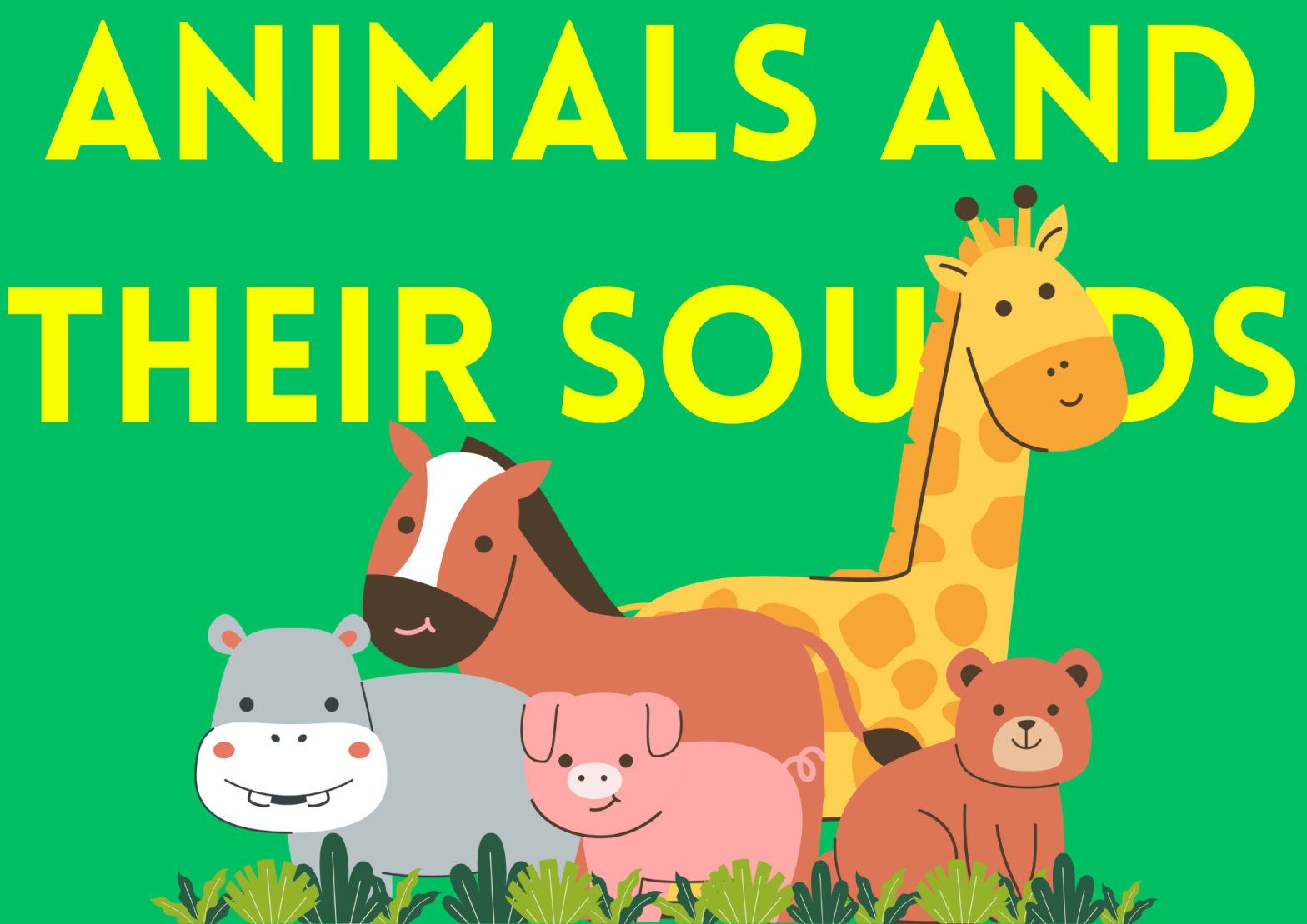
Once Oscar Wilde said that the bond of all companionship is conversation. Fortunately, humans are blessed with the ability to express their feelings through words. However, we aren’t alone on this planet with the faculty of speaking. Animals, too, have the propensity for oral communication. Growing kids learning about animals and their sounds helps them familiarize with how different species communicate. This is exactly what we're going to discuss here today!
We are sure you would have heard a cat’s “meow” or a bird’s “chirp”. These aren’t just onomatopoeia animal sounds created by humans to interpret how animals communicate. They are a language that animals speak.
Animals bond with one another through sounds. They express their feelings of happiness, sadness, pain, anger- through chirps, barks, roars, screams, howls, and various other sounds. So, let's explore how animal sounds and know these better.
Let us first know a little about how our pets at home try to communicate:
Like humans, cats are also fond of conversations. They express their mood through different sounds from meow to hiss and purr.
A meow has different meanings. They can express feeling of hunger, seeking attention, and so on. But cats purr when they are happy or very sad. They hiss to convey dismay, warning or anger.
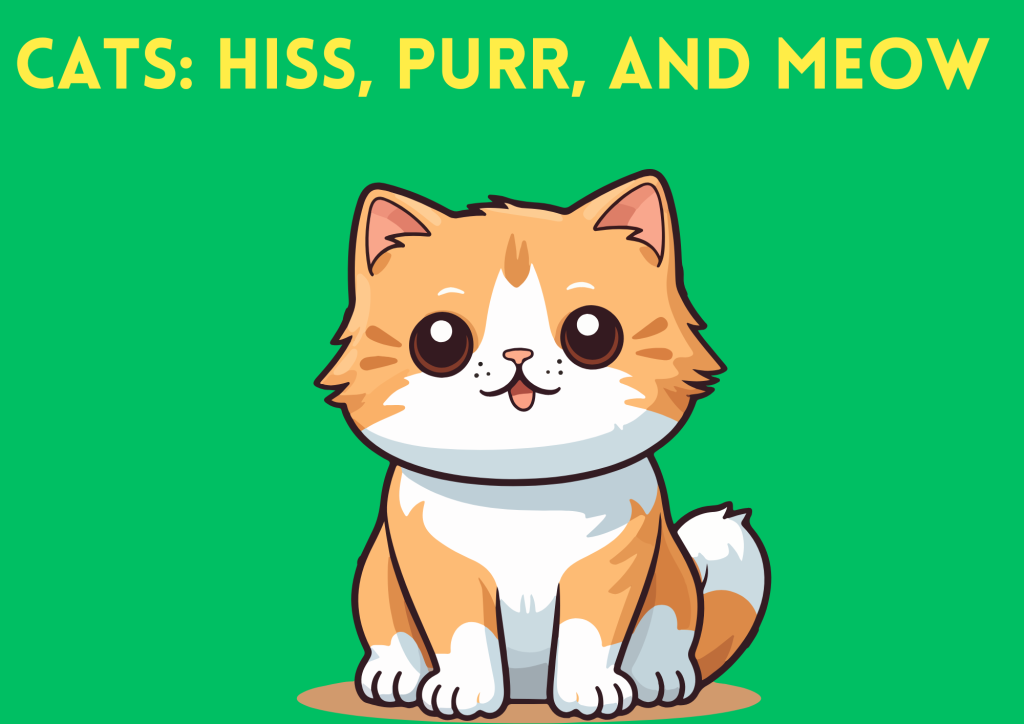
Dogs make an array of sounds from barking to howling, growling and whining. They bark to alarm their masters of any danger or to show their excitement and happiness. They growl to express aggression, pleasure and also when they want to play. Similarly, they whine when they are very happy or worried. Anxious and lonely dogs often howl. They also howl in response to loud noises.
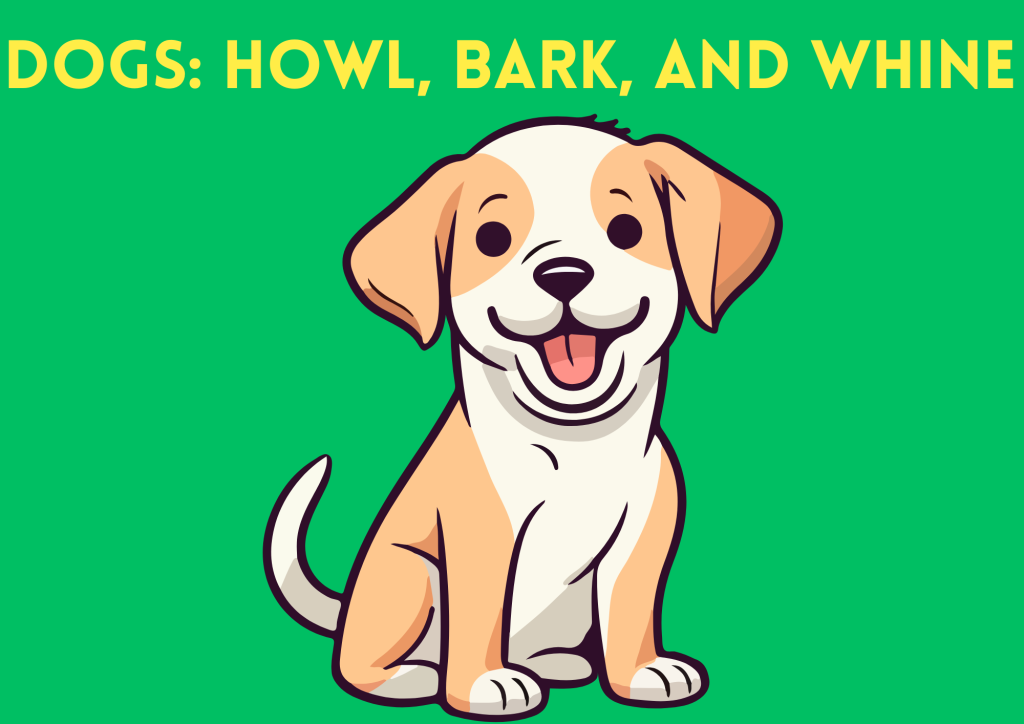
Cows moo to communicate with their calves. They also use this sound to express their feelings of discomfort or hunger. Cows bellow when they are in pain or sundered from their herd.
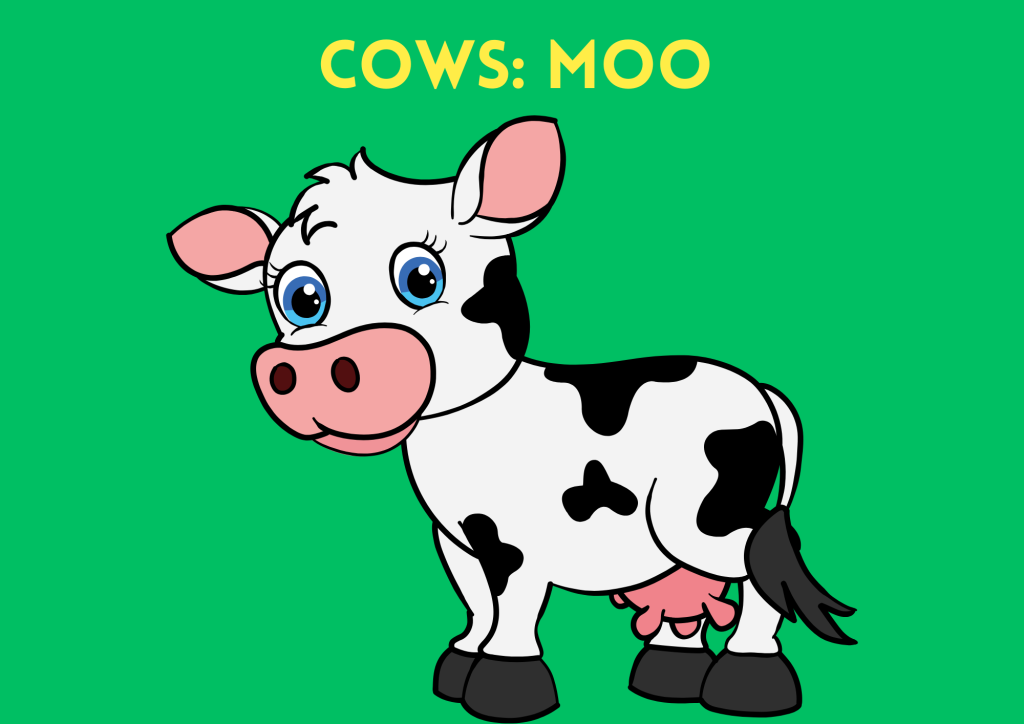
Goats bleat and sheep baa. They use these unique sounds to express happiness, fear, worry, and hunger. They also use these sounds to communicate with their offspring or herd.

Neigh and whinny are the common sounds associated with horses, but they also snort and nicker. Horses use neighing sounds to express their excitement or to call out their peers. They express their affection through nickers or snorts. All these sounds help them communicate with their caretakers, foals, and other horses.
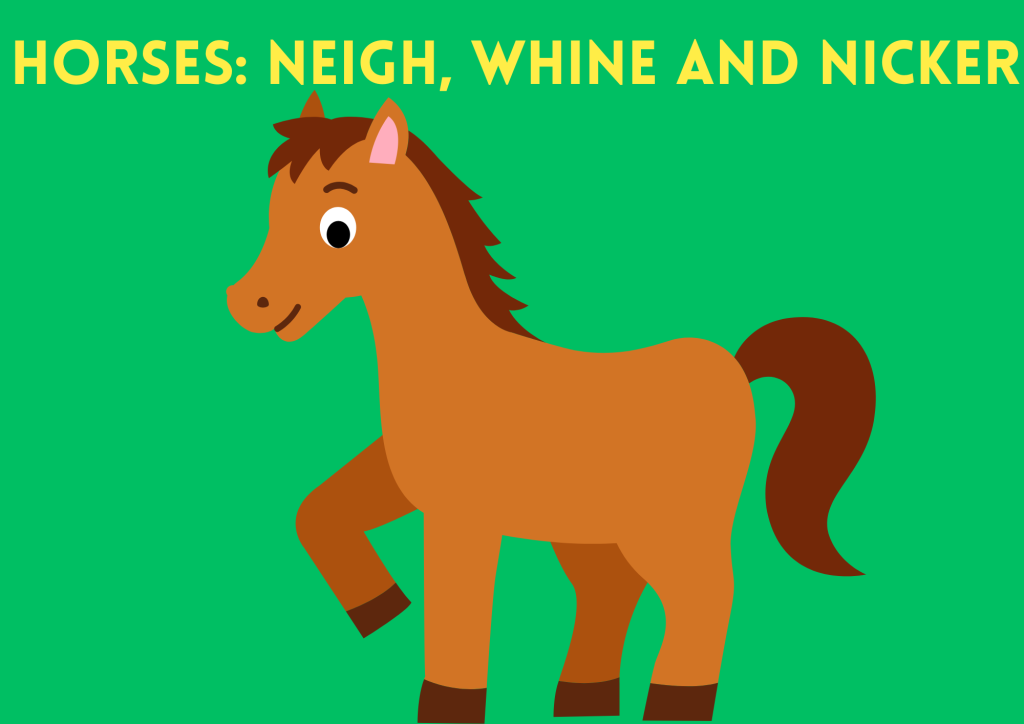
A donkey’s “hee-haw” is a peculiar sound. They bray to call for attention or communicate with other donkeys. They also use soft grunts and snorts to communicate.
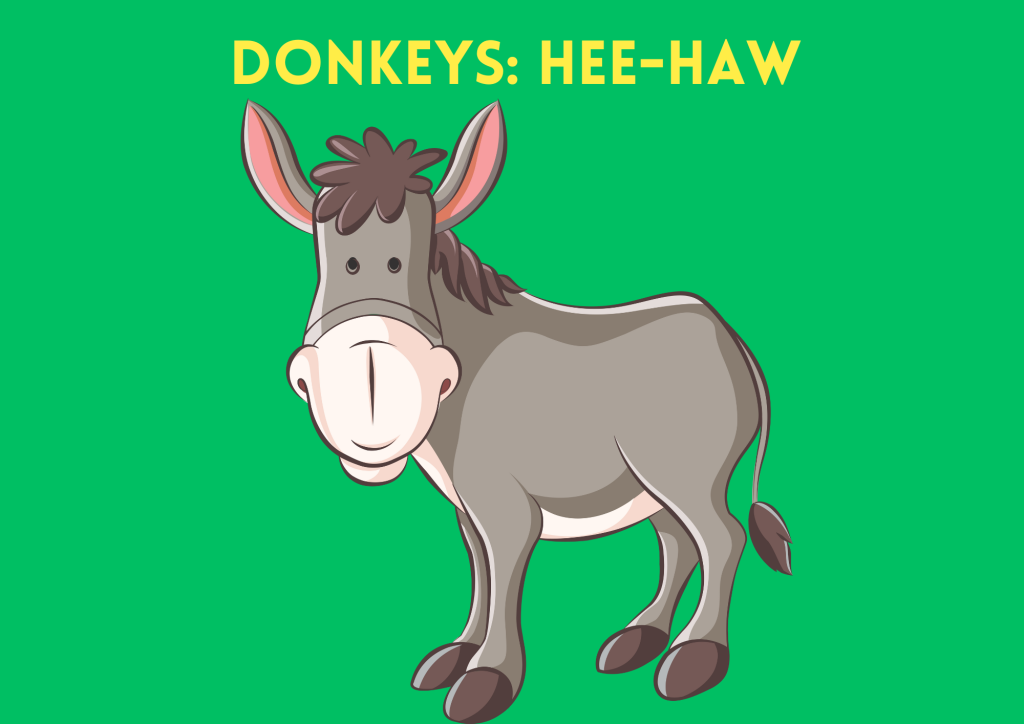
Pig sounds are known as “oinks” and “grunts”. Their sounds express a range of emotions, like excitement, fear, and hunger. They communicate with each other through these sounds.
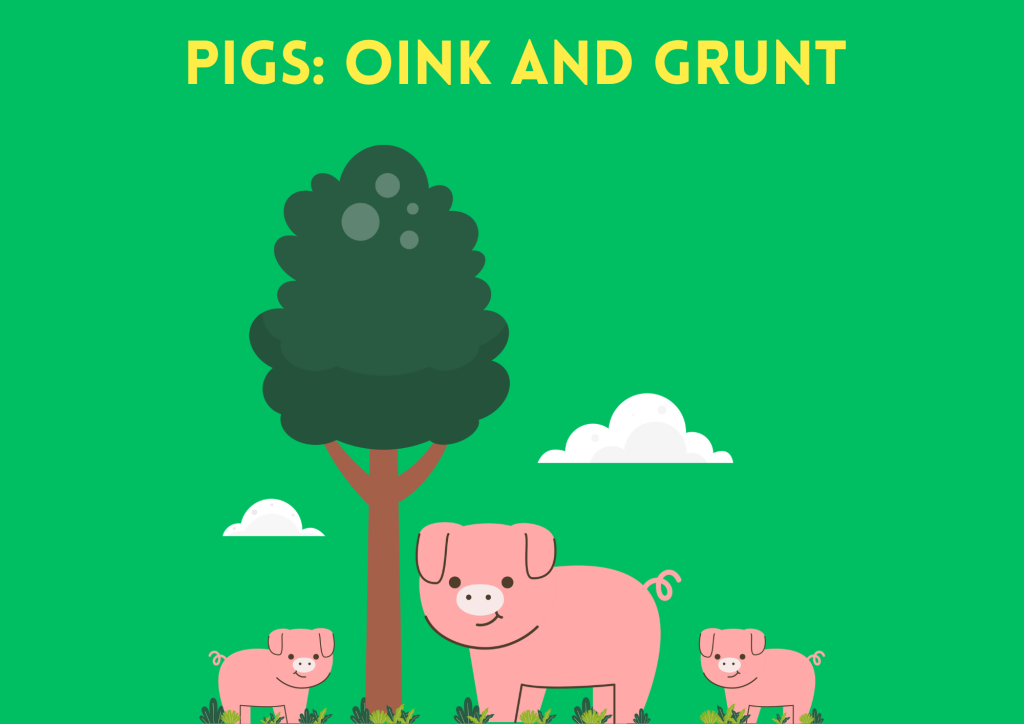
Elephants trumpet and the loud sounds help them to communicate with other elephants who are away from them. They express their excitement and alarm or call out to other elephants with loud calls. They also produce soft rumbles to bond and coordinate.
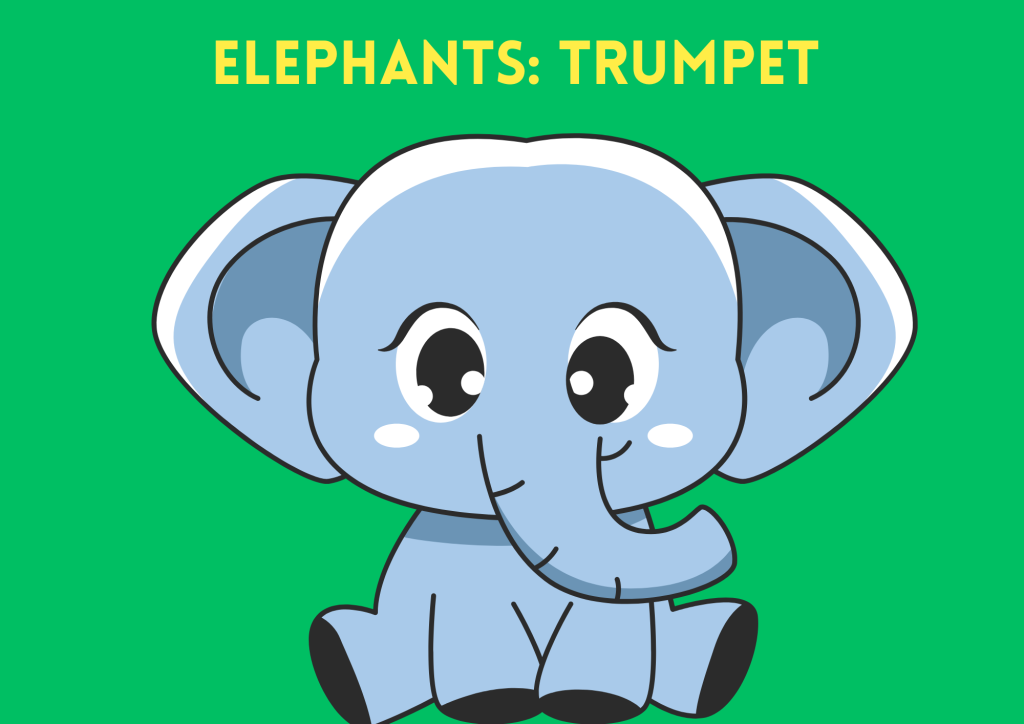
Hens communicate with their chicks through soft clucks. Their clucks also express their happiness and satisfaction. Roosters crow at the dawn to exert their influence and mark territory. Chickens use alarm calls to warn their flock of danger.
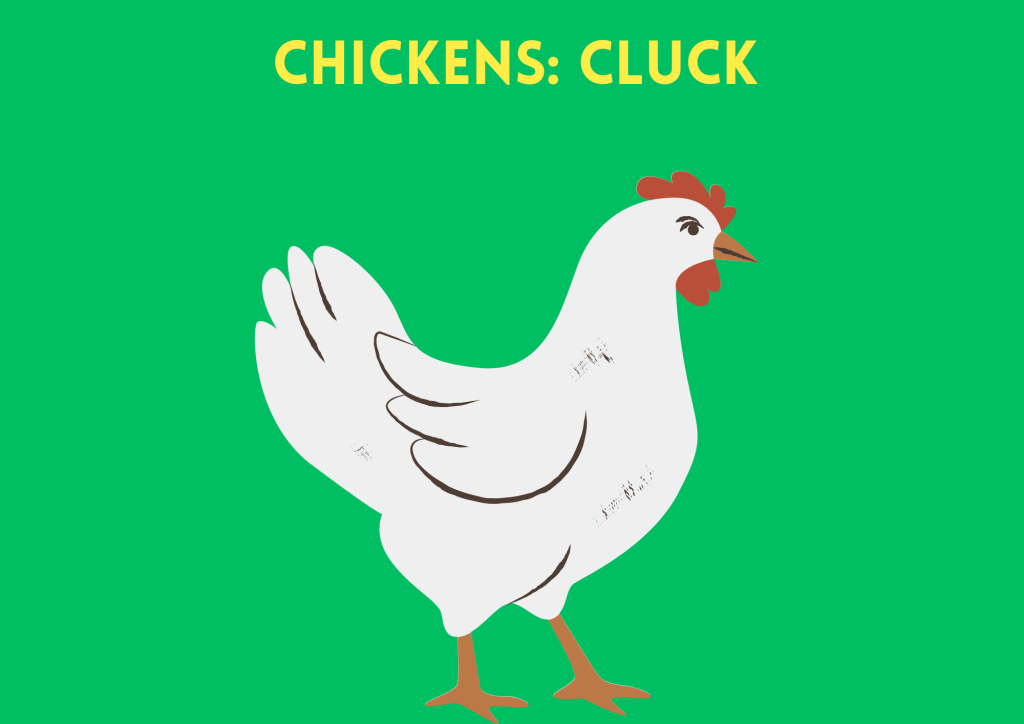
Duck sounds are called quacks. Female ducks quack to communicate with other ducks and their offspring. Geese make honking sounds to communicate with their group and stay together when flying.
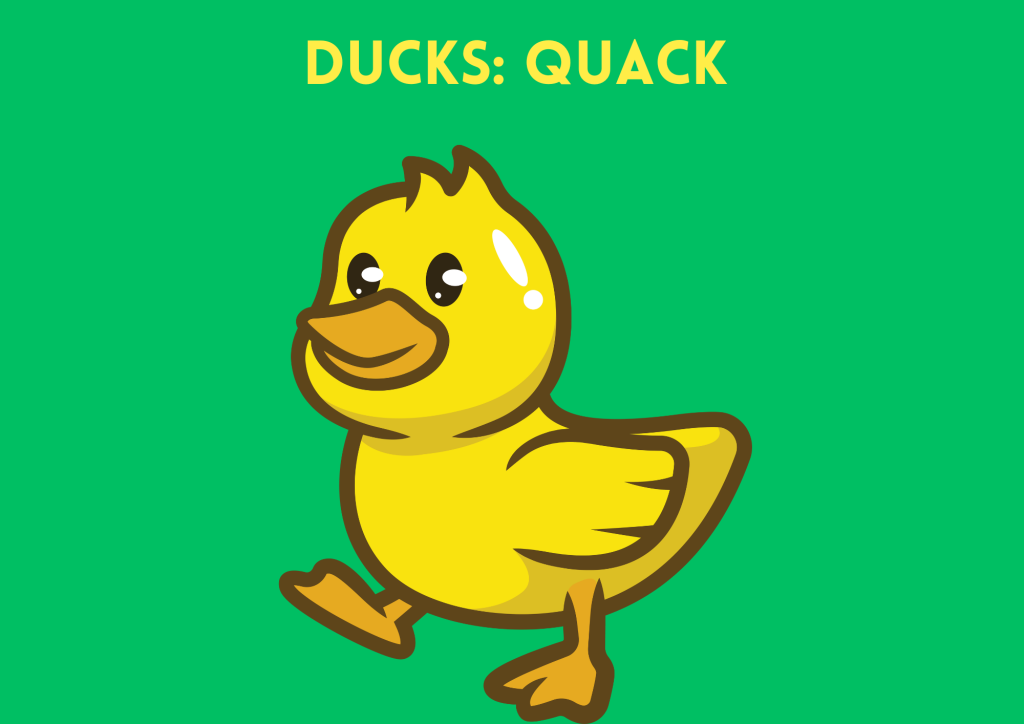
Birds produce unique tunes that fill the air with happiness and positivity. Small birds chirp and tweet to communicate with each other. Ravens and crows “caw” to communicate or warn their group of potential danger. Owls hoot, hawks screech, peacocks scream, pigeons coo, parrots talk, and so on.
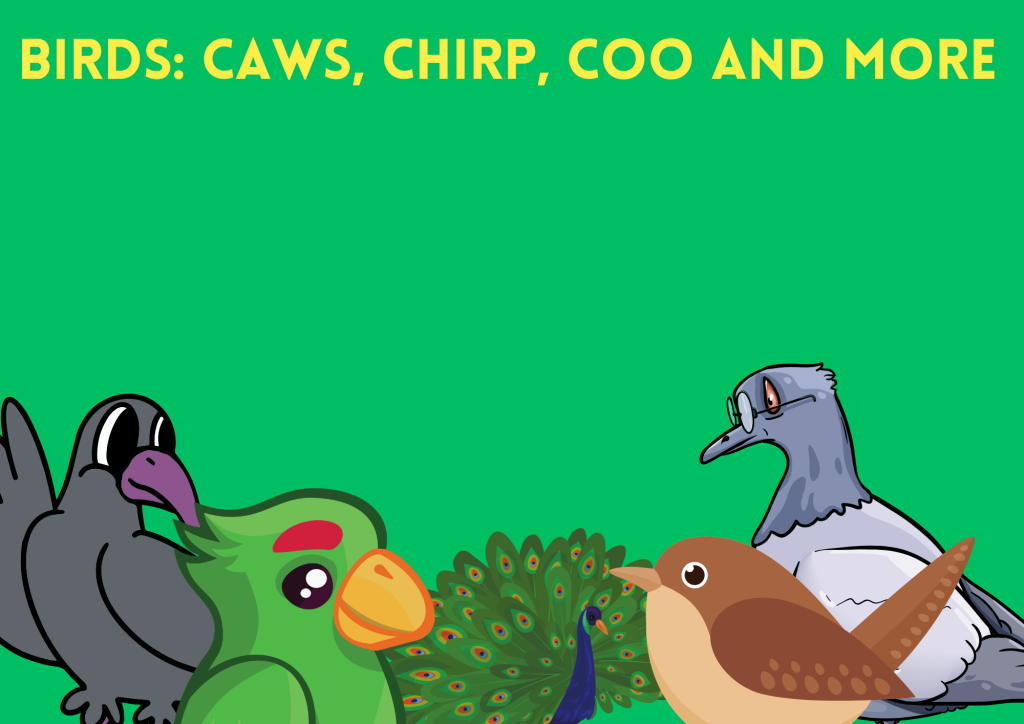
Here are how wild animals sounds:
The most recognizable and dominant sound that can send chills down the spine is a lion’s roar. The high-octane sound can be heard from up to eight km (five miles). Lions produce these powerful roars to communicate with other lions and mark their territory.
They also produce soft purrs and grunts.
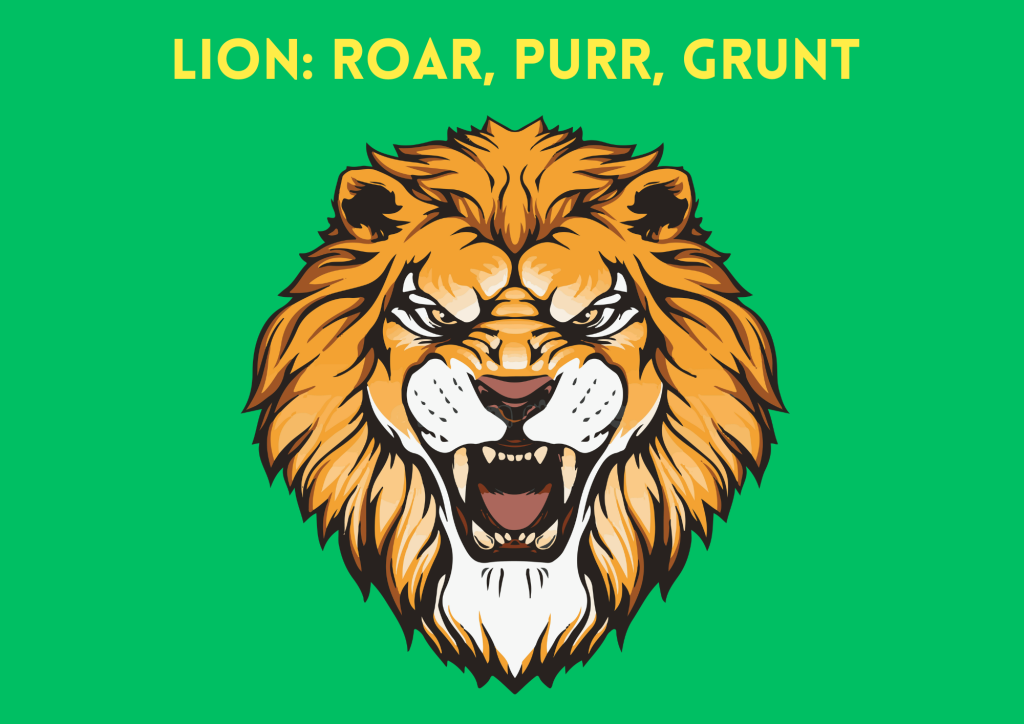
Wolves’ howls are frightening. They produce these sounds to communicate with and locate other wolves, foster social bonds, and mark their territory. They also howl during hunting.
Other sounds that wolves produce are growling, whimpering, and barking. They use these sounds to express a range of emotions.

Frogs communicate in a peculiar sound called ribbit. They use these calls to lure females during mating season. They scream to scare predators, mark their territory, and express stress and worry. Other frog sounds include whistles, chirps, and croaks.
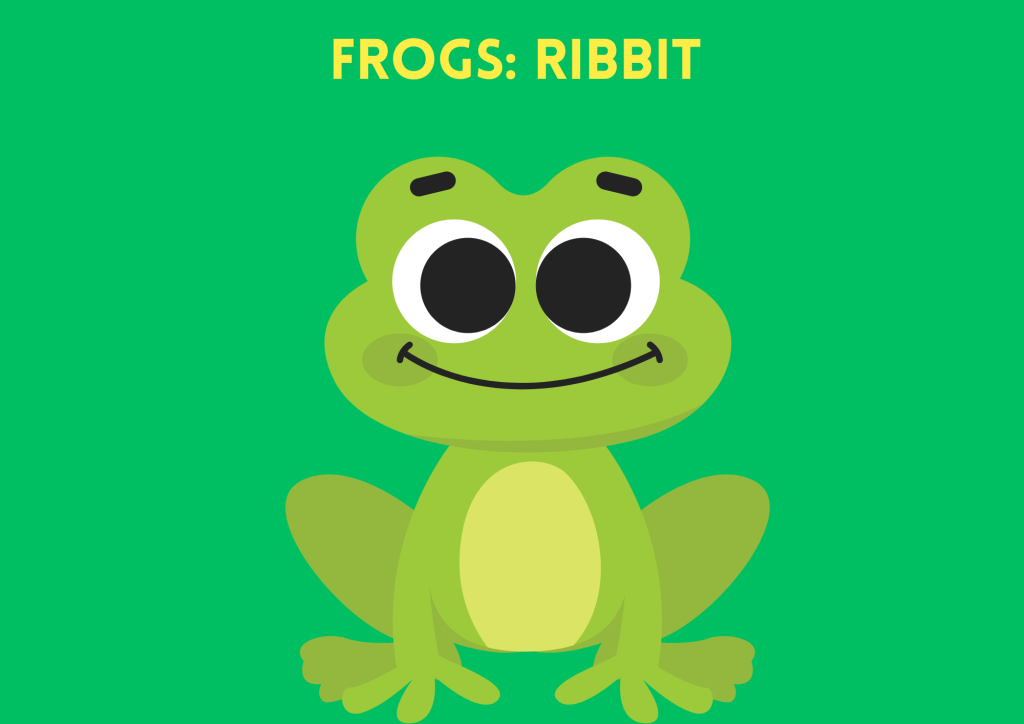
Owls hoot to establish their territory and communicate with other members. Another sound related to owls is a high-pitched screech. They screech to express distress and scare predators.
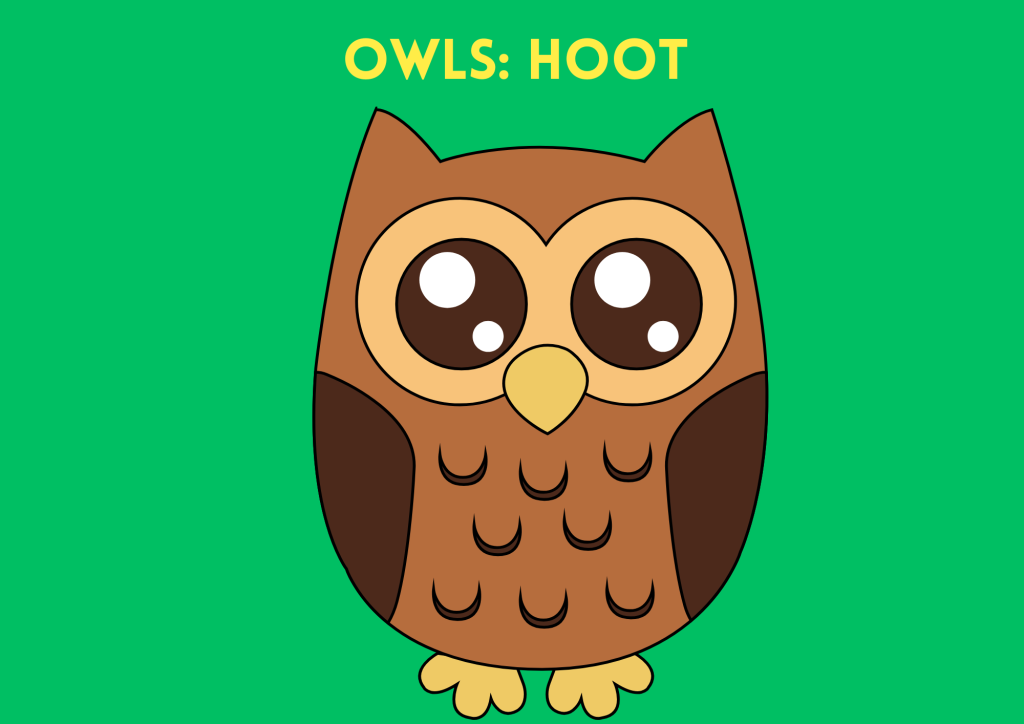
Bats have a very unique way of communicating. They use echolocation to cruise. They see by emitting high-frequency sounds. Bats use social calls to communicate with other bats. The noises they make are similar to screech, squeak, and eek.
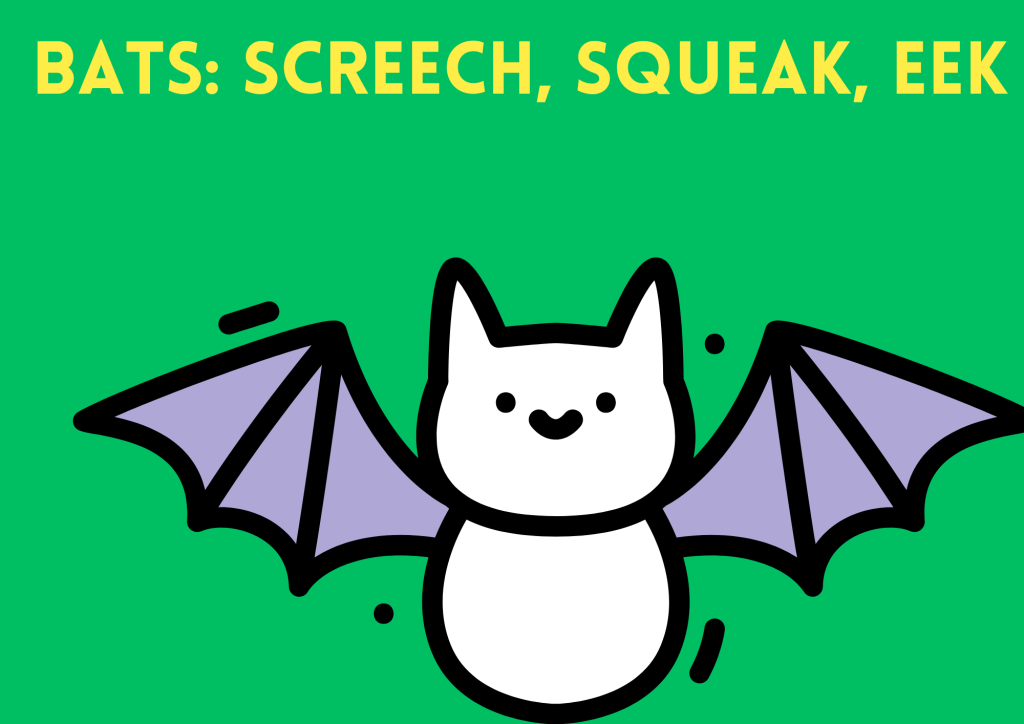
The sound of whales is called songs. They produce long, complex series of songs to communicate with other whales, locate them, and find food. They also use these sounds to find a partner for mating. Different species of whales have different sounds for communication.
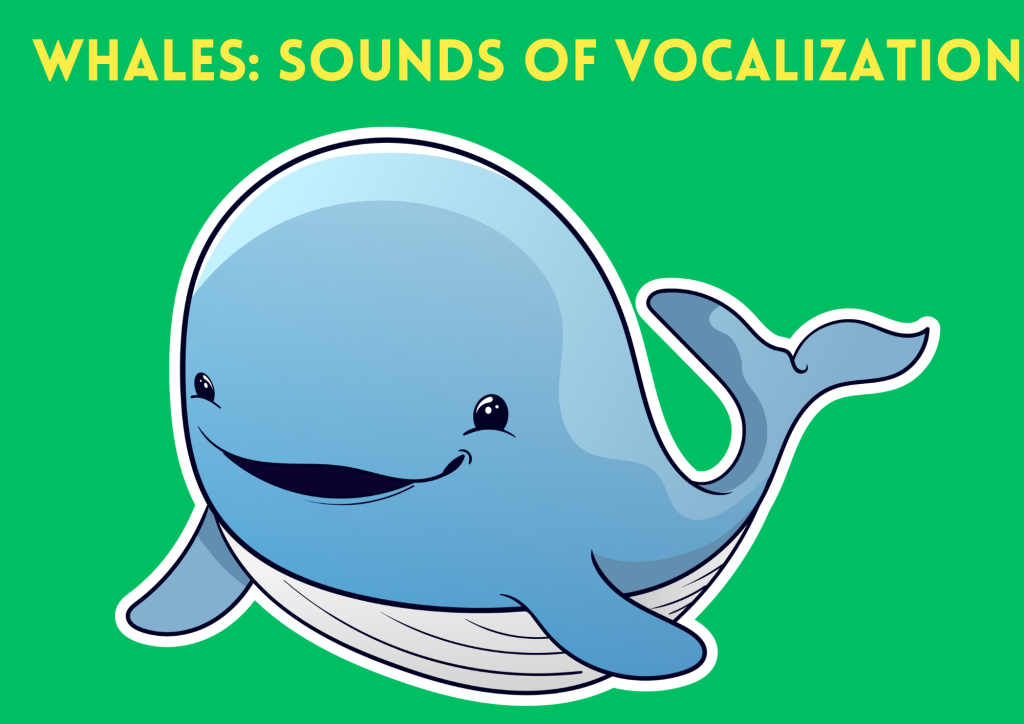
Dolphins are social animals, and hence, they make different sounds to communicate different feelings. They whistle, click, and use other calls to bond and hunt together. Like bats, dolphins also sonar sounds to find food and navigate in the dark.
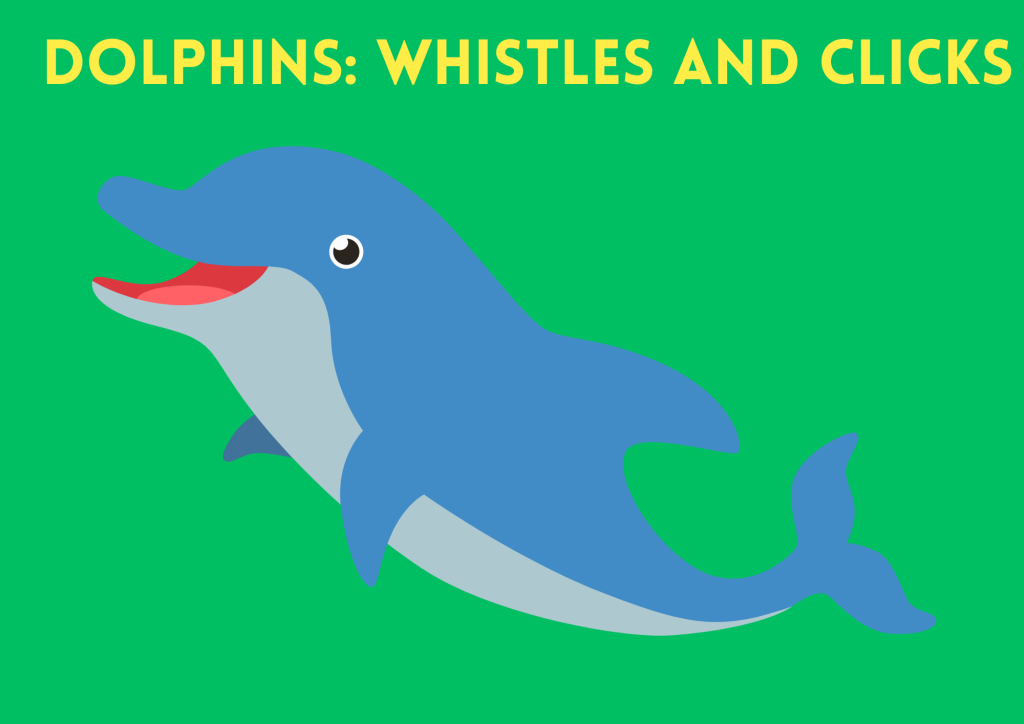
Grasshoppers and crickets chirp. They produce these sounds by rubbing their legs and wings together, while crickets rub their wings together to make chirps. These chirps help them to find mates.
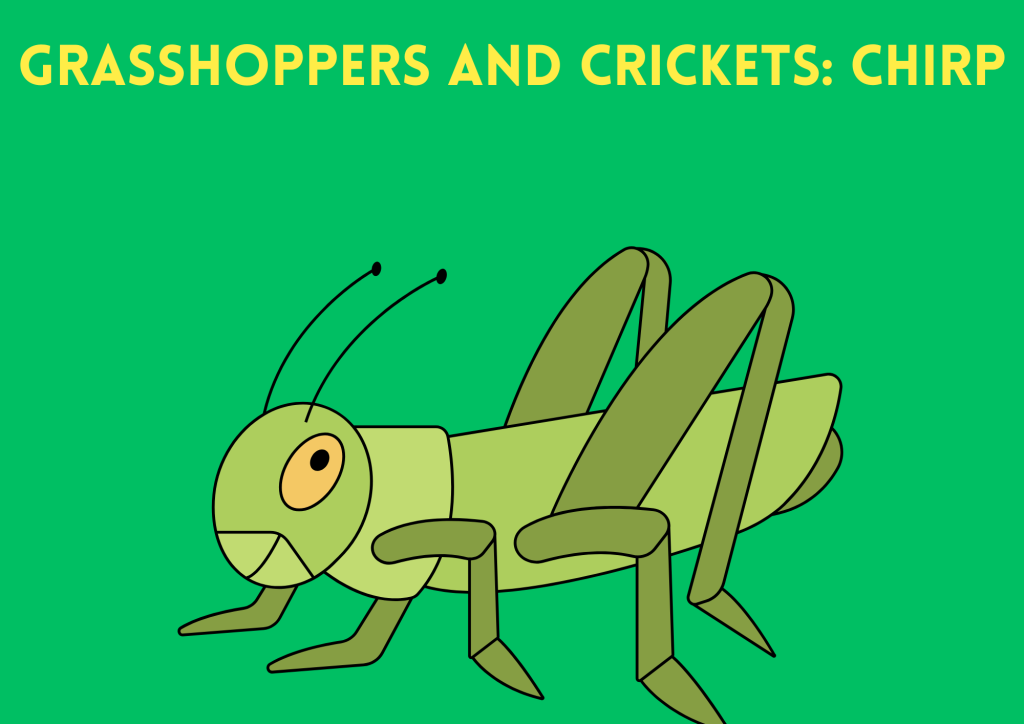
We have created a list of 100 animals and their sounds. Take a look:
| S. No. | Animal | Sound |
| 1 | Alligator | Bellow, Hiss |
| 2 | Alpaca | Alarm call, Click, Cluck, Hum, Orgle, Scream |
| 3 | Antelope | Snort |
| 4 | Ape | Gibber |
| 5 | Badger | Growl |
| 6 | Bat | Eek, Screech, Squeak |
| 7 | Bear | Growl, Roar |
| 8 | Bee | Buzz |
| 9 | Camel | Grunt |
| 10 | Capybara | Bark, Chatter, Squeak |
| 11 | Cat | Caterwaul, Growl, Hiss, Meow, Mew, Purr |
| 12 | Cattle | Bawl (Calf), Bellow (Bull), Moo, Low |
| 13 | Cheetah | Growl, Purr |
| 14 | Chicken | Buck, Cluck, Crow |
| 15 | Chinchilla | Squeak |
| 16 | Cicada | Chirp |
| 17 | Crab | Chirp, Click, Creak |
| 18 | Crane | Clang |
| 19 | Cricket | Chirp |
| 20 | Crow | Cah, Caw |
| 21 | Curlew | Pipe |
| 22 | Deer | Bellow, Bleat (Doe, Fawn), Bell (Buck), |
| 23 | Dog | Bark, Boof, Bay, Growl, Howl, Moan, Scream, Sign, Snarl, Sneeze, Whimper, Whine, Woof, Yap, Yelp |
| 24 | Dolphin | Click, Whistle |
| 25 | Donkey | Bray, Hee-Haw |
| 26 | Dove | Coo |
| 27 | Duck | Quack |
| 28 | Eagle | Screech |
| 29 | Elephant | Trumpet |
| 30 | Elk | Bleat (Calves), Bugle (Male) |
| 31 | Falcon | Call |
| 32 | Ferret | Dook |
| 33 | Fly | Buzz |
| 34 | Fox | Bark, Gecker, Howl, Scream, Snore |
| 35 | Frog | Croak, Ribbit |
| 36 | Gaur | Low, Moo |
| 37 | Giraffe | Bleat, Hum |
| 38 | Goat | Bleat, Maa |
| 39 | Goose | Hiss, Honk |
| 40 | Gorilla | Hoot, Roar, Scream |
| 41 | Grasshopper | Chirp |
| 42 | Guinea pig | Wheek |
| 43 | Hamster | Squeak |
| 44 | Hare | Squeak |
| 45 | Hawk | Screech |
| 46 | Hermit crab | Chirp |
| 47 | Hippopotamus | Growl |
| 48 | Hornet | Buzz |
| 49 | Horse | Neigh, Nicker, Whinny |
| 50 | Hummingbird | Hum |
| 51 | Hyena | Laugh |
| 52 | Jackal | Gecker |
| 53 | Jaguar | Grunt, Meow, Roar |
| 54 | Kangaroo | Chortle |
| 55 | Koala | Bellow, Shriek |
| 56 | Lark | Call, Song |
| 57 | Laughing kookaburra | Laugh |
| 58 | Lemur | Chatter, Whoop |
| 59 | Leopard | Growl, Roar, Snarl |
| 60 | Linnet | Chuckle |
| 61 | Lion | Growl, Roar, Snarl |
| 62 | Lizard | Hiss |
| 63 | Locust | Chirp |
| 64 | Magpie | Chatter |
| 65 | Mallard | Quack |
| 66 | Monkey | Chatter, Gecker, Howl, Scream |
| 67 | Moose | Bellow |
| 68 | Mosquito | Buzz, Whine |
| 69 | Mouse | Squeak |
| 70 | Okapi | Bellow, Cough |
| 71 | Owl | Hiss, Hoot |
| 72 | Ox | Low, Moo |
| 73 | Parrot | Squawk, Talk |
| 74 | Peacock | Honk, Scream, Squawk |
| 75 | Penguin | Bray, Chirp, Honk, Trumpet |
| 76 | Pig | Grunt, Oink, Snort, Squeal |
| 77 | Pigeon | Coo |
| 78 | Prairie dog | Bark |
| 79 | Quail | Call |
| 80 | Rabbit | Squeak |
| 81 | Raccoon | Trill |
| 82 | Rat | Squeak |
| 83 | Raven | Caw, Cronk |
| 84 | River otter | Blow, Chatter, Chirp, Creek, Grunt, Hiccup, Hiss, Purr, Scream, Squeak, Swish, Whine, Whistle |
| 85 | Rook | Caw |
| 86 | Seal | Bark |
| 87 | Sheep | Baa, Bleat, Maa, Meh (Lambs) |
| 88 | Snake | Hiss, Rattle |
| 89 | Sparrow | Cheep, Chirrup |
| 90 | Squirrel | Squeak |
| 91 | Swan | Bugle, Cry, Trumpet |
| 92 | Tapir | Squeak |
| 93 | Tiger | Growl, Moan, Roar |
| 94 | Tokay gecko | Croak |
| 95 | Turkey | Gobble |
| 96 | Whale | Sing |
| 97 | Wild boar | Growl, Grumble |
| 98 | Wildebeest | Low, Moo |
| 99 | Wolf | Bay, Howl, Growl |
| 100 | Zebra | Bark, Bray, Nicker, Whistle, Yip |
Exploring animal sounds is like navigating a mysterious world. Animal sounds not only depict their complex social behavior but also make us acknowledge their presence on this planet.
Teaching animal sounds to your children is essential because it helps them to develop phonological awareness, which in turn, helps them in reading and writing. Moreover, it helps them learn about the enigmatic animal kingdom.
Use this animal sounds list to introduce your children to the interesting world of animal vocalization.